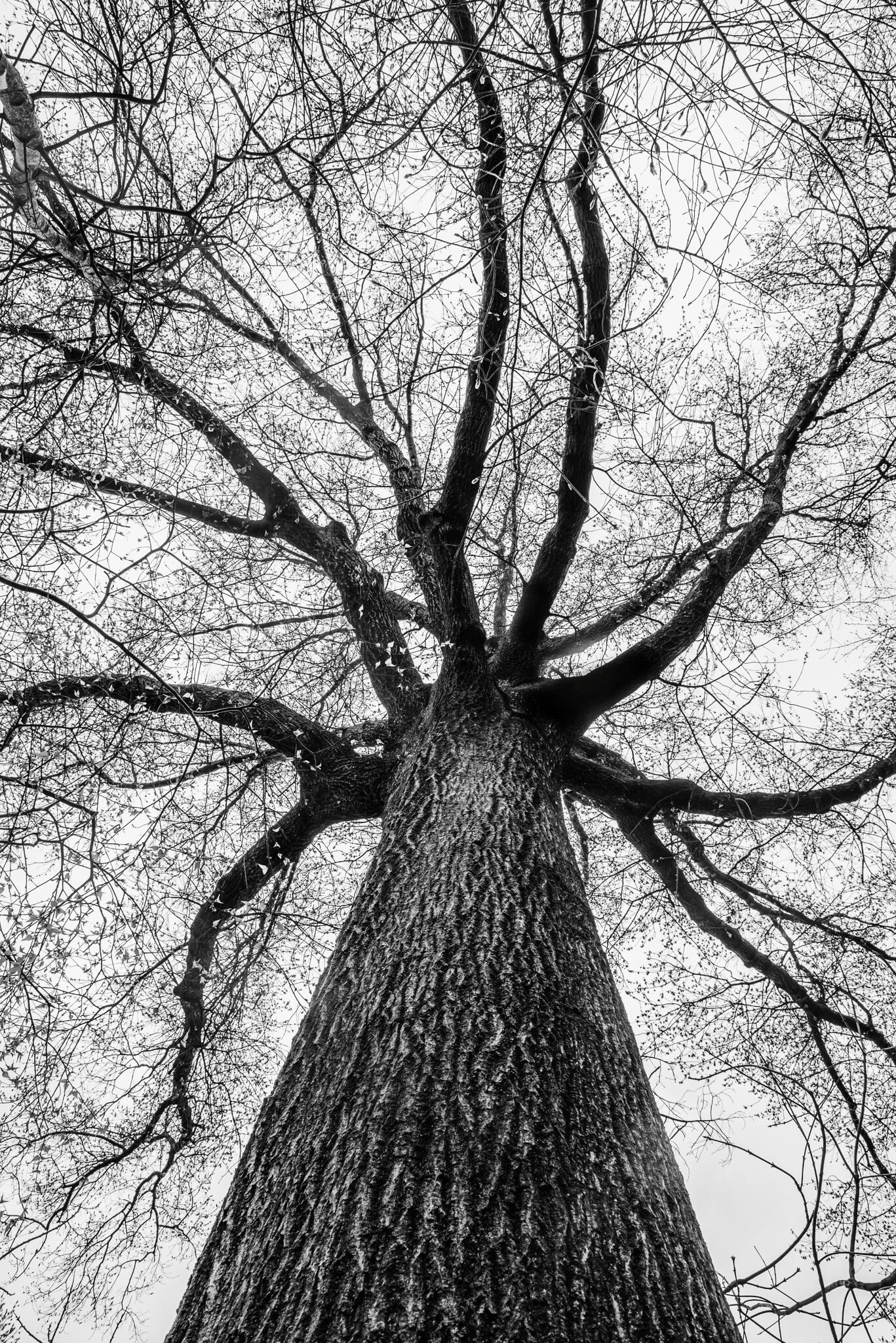Today, January 14th, marks the one year anniversary of Fire Escape Bonsai. This newsletter currently has over 600 subscribers; far more than I ever thought would want to read an amateur’s bonsai blog. In a year where I struggled to send a handful of pitches to publishers, this newsletter has been a supportive writer’s retreat. Writing has become an integral part of my bonsai practice, and bonsai in turn has made me fall in love with writing again. Thank you all for reading. Here’s to another strange year.
I’m laid up with covid right now so I’m going to keep this short, but I wanted to assemble a list of the lessons and metaphors I’ve encountered through a year of bonsai. What follow are the ones that stick.
Patience isn’t a virtue. It’s a skill you have to practice.
It’s important to be bad at things and do them anyway. My bonsai designs so far have been clumsy at best. Like with photography, another hobby of mine, I think I have a decent eye and some core knowledge of the craft. However I know I’m not a gifted photographer, nor a good bonsai artist. But I don’t need to be good at them to benefit from them, and there are some things you can only learn from the bottom.
Pay attention. I can’t believe I never noticed trees outdoors. Now I can’t stop staring. Every errand is a scouting mission to test my identification skills, to better learn how they grow. It’s a whole new layer laid over my vision. How many other layers of the world have I been missing? What else have I let become invisible to me?
Your trees will die. The challenge is to learn something from those deaths, even if all you learn is to accept the deaths for what they are.
You can just ask people anything. One of the best things about being a journalist is that you get to meet interesting people and ask them invasive questions—and they have to answer you. What a gift! Bonsai is showing me that that gift isn’t just a perk of the trade. The bonsai world is a welcoming one provided you show the proper respect, and most people I’ve found are happy to talk your ear off. You just gotta ask them! When I was frantically circling the neighborhood this summer to find a new location for my evicted trees, I had to make some odd requests of total strangers. Most didn’t pan out. Some have yielded rewards I’m still discovering. The weirder the question is, I find, the more you can get away with.
Buying the nice thing is usually worth it. In the past year I spent [redacted] on pre bonsai and nursery stock. I could have spent less if I diverted my zeal for chasing “deals” toward seeking out quality material. This is a lesson my parents have been teaching me all my life: It’s easy to buy an inexpensive product and just as easy to outgrow one. When the new purchase fails to satisfy the goal I was really after in the first place—a wide buttressed trunk, mature cracking bark—I’m left wanting more. I buy another “value” tree to fill the void. It’s a pint of diet ice cream instead of a spoonful of gelato. Get the gelato.
Doing nothing isn’t the same as wasting time. I don’t need to log the act of simply existing to a billable hour.
You don’t need to monetize your hobby. A few people have asked me if I plan to add a paid subscription to this newsletter or write a bonsai book. I’ve considered both, but for now I’m keeping revenue out of my bonsai journey as a protective measure. The moment I consider this a revenue stream is the moment I consider it work, consider you customers, and consider learning as a mechanism for content production. That violates the prime directive for why I’m here.
Take pride in your limitations and how you meet them. There’s a lot I can’t do right in bonsai. I don’t have a private outdoor space. I don’t have ideal sun positioning. My tropicals need more humidity. What I do have is an idiosyncratically assembled collection of trees that suit my particular circumstances, which makes it personal and valuable to me in ways I hadn’t expected. I doubt any of my trees will win prizes, but the role they play in my education is worth far more.
Everything has a season. Most trees don’t grow year-round. They flush in spring and summer, sequester sugar and moisture in the fall, and rest in the winter. Each of those steps is vital—for trees and the people who grow with them.
Tree reading
In recognition of his activism (read: posting on Instagram) against logging in Cameroon’s Ebo forest, Leonardo DiCaprio is getting a tree named after him: Uvariopsis dicaprio. Sure, okay. [Gawker]
Trees stacked on trees growing out of trees: the Japanese pruning method of daisugi. [Spoon & Tamago]




Please get better, and thank you for doing this.
Hope you feel better soon! And thank you for this newsletter - from one tree enthusiast to another